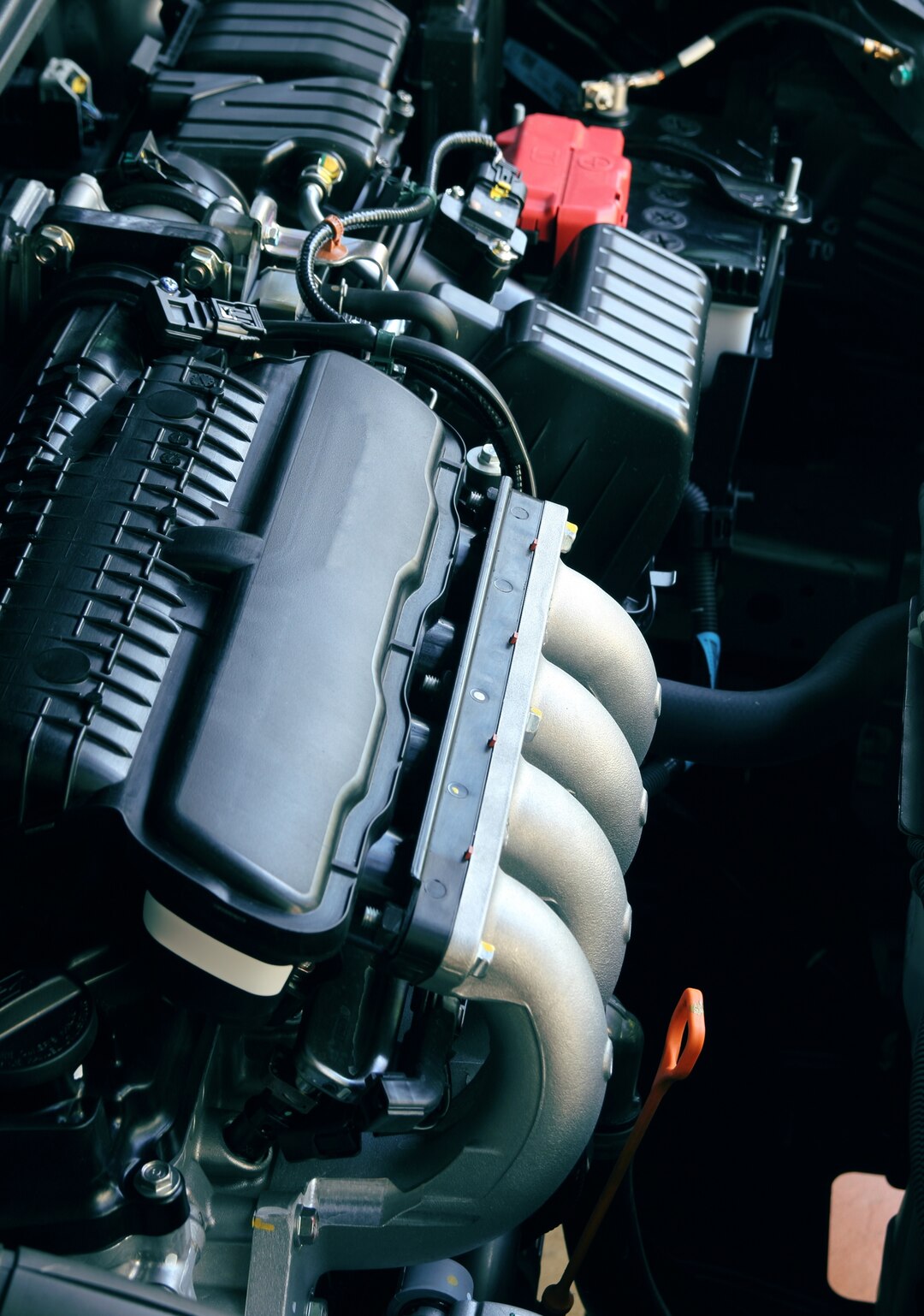The exhaust manifold is a critical component of a car’s exhaust system, responsible for collecting exhaust gases from the engine cylinders and channeling them into the exhaust pipe. While it may seem like a simple part, there are actually several different types of exhaust manifolds, each with its own unique design and benefits. Let’s take a closer look at some of the most common types:
1. Cast Iron Manifold:
- Cast iron exhaust manifolds are the most traditional and commonly used type. They are typically made from cast iron for durability and heat resistance.
- These manifolds are often integrated into the engine block or cylinder head, forming part of the engine’s structure.
- While they are cost-effective and reliable, cast iron manifolds can be heavy and may restrict exhaust flow compared to other materials.
2. Stainless Steel Manifold:
- Stainless steel exhaust manifolds offer improved durability and corrosion resistance compared to cast iron.
- They are lighter in weight and can withstand higher temperatures, making them a popular choice for performance-oriented vehicles.
- Stainless steel manifolds may also have smoother internal surfaces, allowing for better exhaust flow and improved engine performance.
3. Tubular Manifold:
- Tubular exhaust manifolds, also known as headers, are designed with individual tubes for each exhaust port.
- This design minimizes exhaust gas backpressure and improves exhaust flow, resulting in better engine performance and responsiveness.
- Tubular manifolds are often made from stainless steel or other lightweight materials to reduce weight and enhance durability.
4. Exhaust Header:
- Exhaust headers are a specific type of tubular manifold designed for high-performance applications.
- They typically feature equal-length tubes that merge into a single collector, optimizing exhaust gas scavenging and improving horsepower and torque.
- Exhaust headers are favored by enthusiasts and racers for their ability to enhance engine performance and throttle response.
5. Exhaust Manifold with Integrated Catalytic Converter:
- In modern vehicles, exhaust manifolds may be integrated with a catalytic converter to reduce emissions and comply with environmental regulations.
- These integrated manifolds-catalytic converter units are often made from stainless steel and are designed to efficiently convert harmful exhaust gases into less harmful emissions.
6. Performance Exhaust Manifold:
- Performance-oriented exhaust manifolds are designed with larger diameter tubes and optimized geometry to maximize exhaust flow and minimize restrictions.
- These manifolds are often used in conjunction with other performance upgrades, such as a high-flow exhaust system and aftermarket engine tuning, to extract maximum power from the engine.
7. Log Manifold:
- Log manifolds, also known as log-style manifolds, are characterized by their simple design, featuring a single large chamber that collects exhaust gases from all cylinders.
- While not as efficient as tubular manifolds or headers, log manifolds are cost-effective and easy to manufacture, making them a common choice for economy cars and compact engines.
Understanding the different types of car exhaust manifolds is essential for car enthusiasts, mechanics, and anyone interested in optimizing their vehicle’s performance and efficiency. Whether you’re looking for durability, improved exhaust flow, or enhanced engine performance, there’s a manifold design to suit your needs and preferences. By choosing the right exhaust manifold for your vehicle, you can ensure optimal exhaust system performance and enjoy a smoother, more responsive driving experience.











